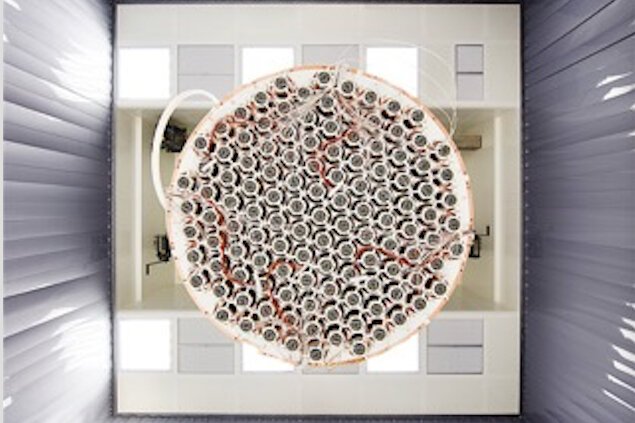
In a new study, scientists observed a process that takes more than one trillion times longer than the age of the universe.
They have observed the radioactive decay of xenon-124, which has a half-life of 1.8 X 1022 years.
The scientists did it with an instrument built to find dark matter. They suggest that this is the longest, slowest process that has been directly observed.
The research was conducted by the XENON Collaboration research team.
It includes more than 160 scientists from Europe, the United States, and the Middle East.
Since 2002, the team has operated three successively more sensitive liquid xenon detectors in the Gran Sasso National Laboratory in Italy.
The XENON Collaboration runs XENON1T, which a 1,300-kilogram vat of super-pure liquid xenon shielded from cosmic rays in a cryostat submerged in water deep 1,500 meters beneath the Gran Sasso mountains of Italy.
It is the largest detector of its type ever built, which acquired data from 2016 until December 2018.
In the study, the team searched for dark matter by recording tiny flashes of light created when particles interact with xenon inside the detector.
Xenon decay was produced as a proton inside the nucleus of a xenon atom converted into a neutron.
This is the first time scientists have measured the half-life of this xenon isotope based on direct observation of its radioactive decay.
The scientists now are upgrading the experiment for the new XENONnT phase.
It will feature an active detector mass three times larger than XENON1T. The team suggests that this will boost the detector’s sensitivity by an order of magnitude.
The lead author of the study is Ethan Brown, an assistant professor of physics at Rensselaer.
The study is published in Nature.
Copyright © 2019 Knowridge Science Report. All rights reserved.



